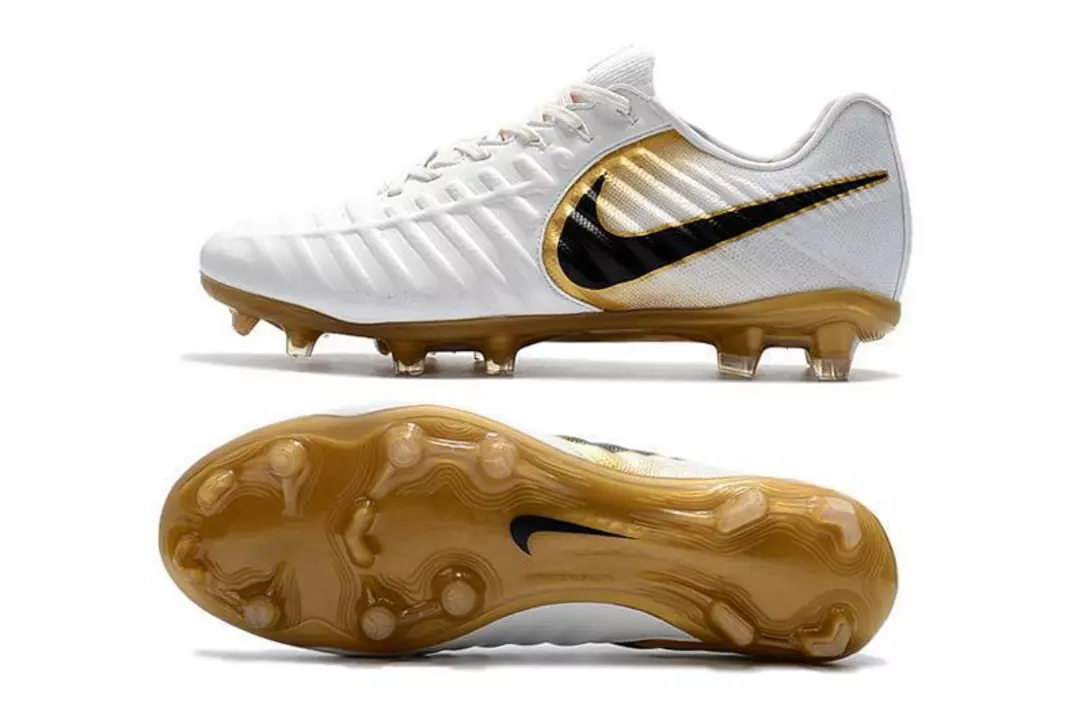Sports and Athletics Equipment – Gear Guides, Reviews & Tips
Welcome to the hub for everything you need to play street soccer and futsal in Halton. Whether you’re hunting for a new pair of cleats, a sturdy ball, or protective gear, this page gives you quick answers and real‑world advice. We keep the focus on what matters to you: performance, comfort, and value.
First off, think about where you play. If you’re on a concrete court, you’ll need a shoe that grips without tearing up the surface. If you drift onto a grass pitch, a more traditional stud pattern works better. Knowing the surface helps you cut down on trial and error and lets you pick the right gear from the start.
Kangaroo Leather Soccer Cleats
One hot topic in the soccer world is kangaroo leather. You may have seen it listed on product pages and wondered if it lives up to the hype. The short answer: yes, it offers a soft, flexible feel that many pros swear by. The leather’s natural grain is finer than that of cowhide, so it molds to your foot faster and gives a better ball touch.
Durability is another plus. Kangaroo leather is surprisingly tough – it can handle heavy use without cracking. That means the cleat lasts longer, which can save you money in the long run. However, the material can be pricier, and not every brand sources it ethically. If you care about animal welfare, check the supplier’s policies before you buy.
On the downside, kangaroo leather isn’t as water‑resistant as synthetic alternatives. Wet conditions can make the surface a bit slick, so you might need a waterproof treatment if you play in rain. Also, because the leather is thinner, it can stretch more, which is great for fit but may require a break‑in period.
Bottom line: if you value a soft touch, quick break‑in, and can handle the cost, kangaroo leather cleats are worth a try. Pair them with a well‑fitted sock and you’ll feel a noticeable difference in ball control.
Choosing the Right Equipment for Street Soccer & Futsal
Beyond cleats, the right ball makes a huge difference. Street soccer often uses a size 5 futsal ball – it’s slightly smaller and less bouncy than a regular soccer ball, which improves control in tight spaces. Look for a ball with a textured surface; it helps you grip the ball even on rough concrete.
Protective gear is another must. An ankle brace can stop sprains when you make quick cuts. Shin guards are non‑negotiable – they’re cheap, lightweight, and keep you safe from accidental kicks. If you play at night, a reflective vest or headlamp adds safety without slowing you down.When it comes to apparel, breathable fabrics keep you cool and dry. Jerseys with moisture‑wicking technology help you stay comfortable during long drills. Shorts with an elastic waistband let you move freely, and a good pair of training socks prevents blisters.
Maintenance tips save you cash too. Clean your cleats after each session – a quick brush removes grit that can wear down the sole. Store them in a ventilated bag overnight to avoid odors. For balls, wipe them with a damp cloth and let them air‑dry; avoid direct sunlight which can weaken the bladder.
Finally, don’t overlook community resources. Local leagues often have equipment swaps where you can trade gear you’ve outgrown for something fresh. Joining a group also gives you a chance to test new products before committing to a purchase.
Whatever you choose, the key is to match the gear to your playing style, the surface, and your budget. With the right equipment, you’ll play longer, train harder, and enjoy every session on the street or futsal court.
